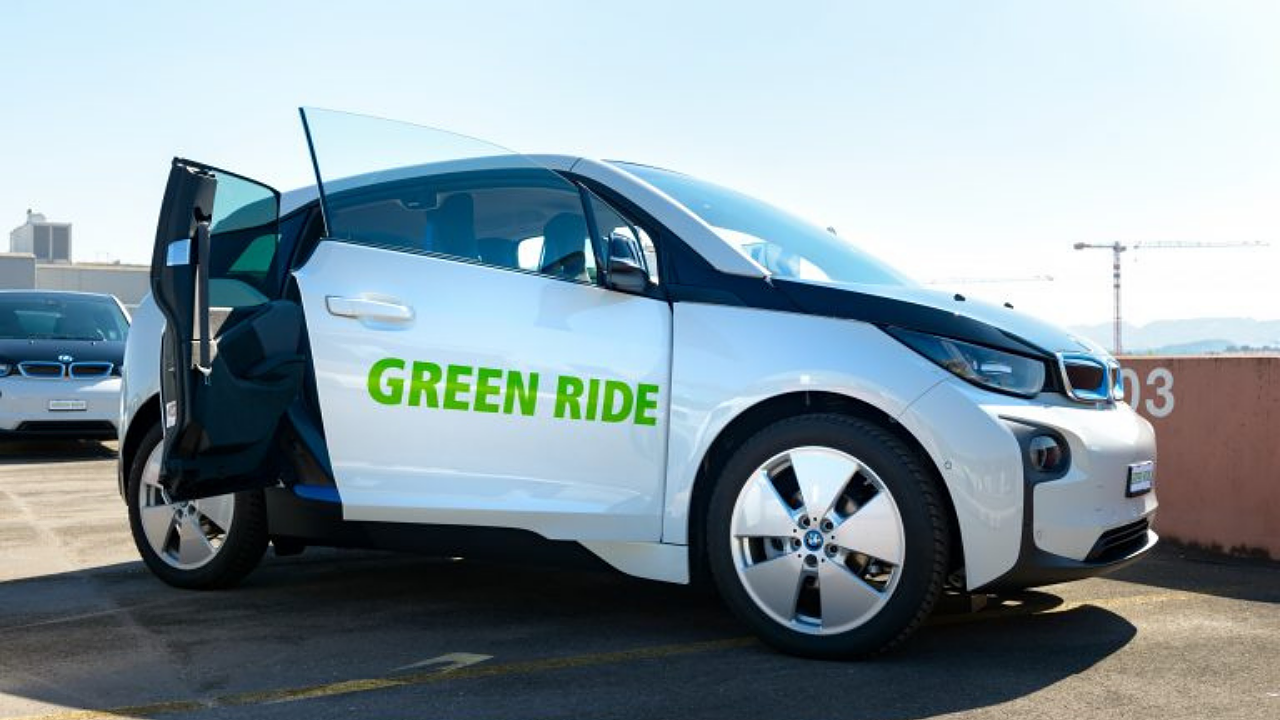
Increasing urbanisation, internet and smartphone penetration and the increase in the cost of vehicle ownership is boosting the growth of the market for ride-sharing, which is projected to grow from an estimated
$ 85.8 billion in 2021 to $ 185.1 billion by 2026, reports MarketsandMarkets.
According to the research report “Ride Sharing Market by type, car sharing, service, micro-mobility, vehicle type, and region - Global Forecast to 2026,” published by the company, this segment is set to grow at a CAGR of 16.6% till 2026.
The key players in this space include Didi Chuxing (China), Uber Technologies, Inc (US), Gett (Israel), Lyft, Inc (US), and Grab (Singapore).
Electric vehicles segment to grow faster
Quoting David Xu, Didi’s head of strategy, the report said that a whopping 21% of the ride-hailing fleet is electric in China. Beijing-based Didi Chuxing Technology Company, the world’s largest ride-hailing company, has about a million EVs on its network, intending to hit ten million by 2028.
Moreover, various developments in recent year as, in 2020, Uber announced a new partnership with Lithium Urban Technologies that is among India’s largest electric vehicle fleet operators. This partnership will deploy over 1,000 electric vehicles for Uber India’s Rentals and Premier services in the upcoming years.
Additionally, Uber launched its Uber Green’ service in London. With this, Uber users in central London can now request a zero-emission vehicle instead of wholly or partly fossil-fueled cars. In January 2021, the company expanded the Uber Green service in the USA after launching in 15 US cities in September. Such developments will bring more people toward using ride-sharing with electric vehicles.
e-hailing segment to hold the largest market share
The growing demand for e-hailing services can be attributed to ease of booking, increasing traffic congestion, passenger comfort, and rising government initiatives to increase awareness among people regarding air pollution, propelling ride-sharing demand predominantly e-hailing. Also, the increasing partnership between domestic and international service providers, such as Uber and Didi in China, is likely to help the e-hailing market grow.
Asia Pacific to be the dominant regional market
According to the report, the developing countries In the Asia Pacific region are expected to experience significant growth, primarily in urban transportation. The high population growth rate in the region and increasing urbanisation have intensified the need for transportation.
Most of the countries in the region are shifting their focus on smart personal mobility to contain travel time and congestion.
The Asia Pacific accounts for a significantly lower number of vehicles per 1,000 persons as the per capita income in most of these countries is lower than in Western countries. Hence, ride-sharing offers users a sense of owning a vehicle at a much lower cost than actually owning one. Therefore, consumers prefer ride-sharing services over personal vehicles. Additionally, factors such as a rise in the daily commute to workplaces in urban areas and an increased need to save fuel by providing a ride to commuters and colleagues heading along the same route are anticipated to fuel the Asia Pacific ride-sharing market added.
Courtesy: MarketsandMarkets. NB: Photo is representational; courtesy: Uber Green.